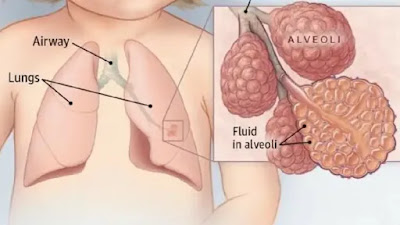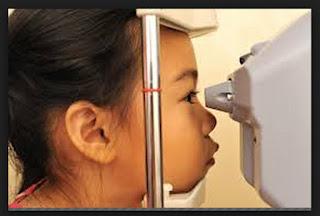Breast cancer in women
Why. cancer of the breast is the leading cause of cancer
deaths in women in many developing countries, as well as in most developed countries
.early detection can significantly improve the chances of survival (Stanley et
al., 1987)as well as quality of life, making far less radical therapy
necessary. current use of lumpectomy rather than mastectomy in many cases makes
treatment more acceptable than in previous years.
Who and how .the USPSTF (1989) recommends annual clinical
examination of the breasts in women aged 35 and older with a family history of
premenopausal breast cancer in a first-degree relative, and of all women aged
40 and over. They recommend mammohraphy every 1-2years in the high –risk group,
and every 1-2 years for all women aged 50-75. The Canadian task force
recommended an annual clinical examination and mannography for all women between
the ages of 50 and 59 and only an annual clinical examination for those aged 40
to 49 (CTF, 1986;Morrison, 1986).the WHO collaborating centre in the Netherlands
supported recommendations that all women aged 50-70 in that country should be screened
with mammography every two years, with mobile units providing examination in
some areas (habbema, 1990). There is still controversy in developed countries
about the cost-effectiveness of mass mammography in various age groups (van der
maas et al ,. 1989). It is clear that mass mammography (estimated cost
US$50-100 per mammogram) as an initial screen will be beyond the means of
developing countries for the immediate future, some alternative approaches are
outlined below.
Screening for breast cancer should first be targeted to
women aged 50 and over, with coverage of younger women being gradually phased
in once older women are adequately covered (CTF, 1986;Morrison, 1986;Stanley et
al., 1987;USPSTF, 1989).the best approach would be annual physical examination
by a trained professional, together with mammography (miller, 1989).where
mammography cannot be performed on all women over 50, frequent clinical
examination by a trained professional, with mammography for suspected cases,
may be the best option, though it is as yet an untested technique and one that
is not highly sensitive or specific (Pavlov &semiglazov,1981).
Where mammography cannot be performed for all women at high
risk, a worthwhile alternative may be public education to promote
self-examination by all women over the age of 20,with more intensive screening
, if possible, for women of 50 and over and those with a family history of
breast cancer (Stanley et al., 1987). Large-scale prospective controlled
studies of self –examination of breasts as an intial screening technique were
initiated under the auspices of WHO in 1985 in what was then the USSR, and in
1989 in what was then the german democratic republic; preliminary reports
indicate it feasibility (semiglazov &moissenko, 1987; WHO ,1989c)and early
data on its effects are expected in the near future.
In 1990,koroltchouk et al . stated all three main elements
public education, early detection and locally available treatment must be part
of a breast cancer control program. These program elements can be delivered
through existing health care infrastructures at almost any stage of
development, given that there is a serious commitment of current resources. The
use of perhaps nonoptimal but realistic
available technology and the application of current knowledge would allow the
extension of cre to many patients who now die without diagnosis , treatment,
and palliation.
Resource levels required.low for screening by self-examination
but the technique further validation, medium for clinical examination ,
high for mammography or biopsy; high for surgery and chemotherapy; very high
for radiation therapy.
Recommendation on use of screening . uncertain, owing to
inadequate evidence in the accuracy of the available screening tests that would
be affordable on a population wide basis in ddeveloping countries. Routine mammography
for women aged 50 or over appears to be quite accurate, but is beyond the
resources of most developing countries at present; the capacity to perform it
should have high priority as a goal for the future . women should be made more
aware of breast cancer and encouraged to practice self – referral for
suspicious lumps or skin changes.
Research priority. Validation of low-cost, accurate methods
of screening and early detection .

